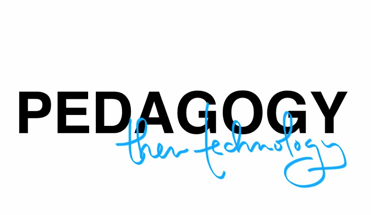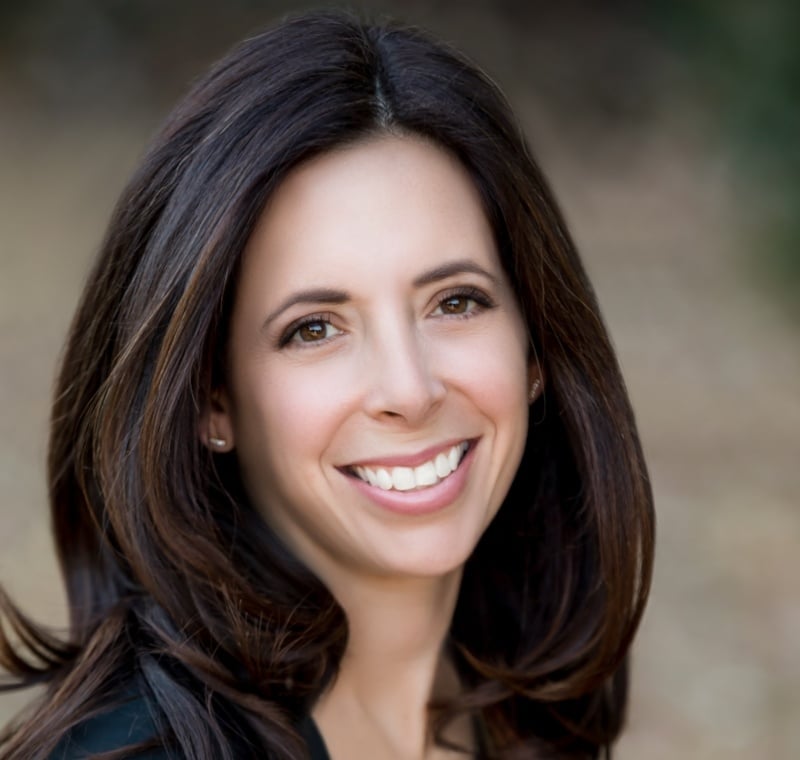
It is fitting that InnEdCO, a conference on how to change education using technology, was hosted at Copper Mountain Resort in Colorado this year. After all, we are asking leaders and teachers to make incredibly big shifts, we are asking them to move mountains.
As I sit here this morning and look around at the in-need-of-caffeine crowd I find myself surrounded by a group of dynamic, excited and motivated teachers and leaders. Laptops and iPads out, everyone is furiously taking notes, participating in conversations and learning from both presenters and each other. I am learning a lot too. But the most insightful comment I have heard so far came from a conversation with Deagan Andrews, of Weld County 6 in Greeley, CO, as we sat in the “unconference space” talking about what we had seen so far.
“Everyone here is talking about technology first,” he said. “I think the conversation should start with instruction.”
I couldn’t agree more. To me, technology is a lever. It enables teachers and students to do things that otherwise would be impossible, or at least unsustainable. It has the ability to change classrooms in fundamental, transformative, ways. But the real shift in classrooms is around teaching and instruction. And we need to start conversations there - to decide how we want classrooms to look different (or if we want classrooms at all). We need to think about how we will use time and space and people differently. We need to map out our goals, and understand how we will measure success against them. And then we can talk devices, and then we can think about the tools and the apps and the digital content providers. Technology is a key element, but it isn’t where we want to start.
At a dinner we co-sponsored with the Colorado Education Initiative / CDE with leaders from districts including Greeley, Denver, Adams 50, Moffatt, St. Vrain Valley, DougCo, and Summit, Deagan, and Jon Cooney, principal at Bella Romero, caught my attention again. Jon was hand-selected by Deagan to pilot a blended learning school for the district and it is easy to see why. Jon is passionate about doing this and doing it right. He is fully committed to personalizing learning for students, and he is willing to put his full support behind it. Deagan and Jon talked about big change versus incremental. They talked about innovations that mattered to kids; that would change the experiences of students from one where students are held back or fall behind to one where students each get what they need. They talked about their students and their own children, and how seeing what was offered to them in schools made them see it had to change. They acknowledged that this work was hard, but that it was critical. They told the group that it was about the people - the teachers mostly - and not any single program, provider or device. But they also said it was about the partners like us; and that this was too big and too hard to do alone.
Neither Deagan nor Jon mentioned the word “iPad” or “Chromebook” or any other device. They did not talk about apps or the benefits of one type of digital content or another. And so when they finished their speech and sat down and conversations at our tables continued, our conversations were not about hardware or software either. They were about changes districts wanted to see and changes districts had implemented already. They were about how to build strong collaborative projects, how to use design-thinking in a music classroom (Lynn - we loved your example of students writing songs for people in their lives!), how to use blended learning in a K-3 STEM environment. The conversations were about pedagogy and people first, and technology second.
When Coeylen Barry from Createdu led us through a design-thinking exercise around designing the best and worst schools we could imagine during dessert, this theme continued. No one thought the perfect school was technology-driven, although nearly every table designed a school that was technology-enabled. Similarly, when asked to design the worst school we could imagine, the problem wasn’t a lack of technology; in fact some of us designed schools that had technology, but it was under-utilized or not used to drive outcomes. Our fear wasn't no technology, it was technology that didn't make a difference.
So while many of the sessions at InnEdCo may have focused on technology, we were excited to be part of conversations where technology was part of a solution, but not the solution itself. Crazy for an edtech company? I don’t think so. After all, the “ed” part comes first.




